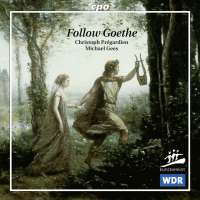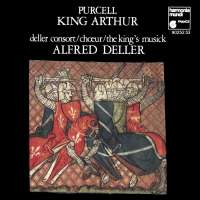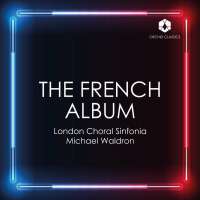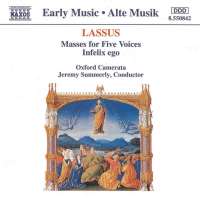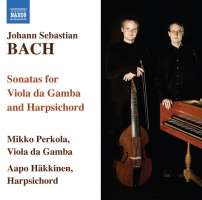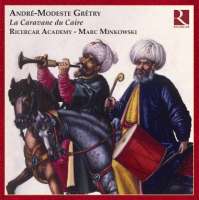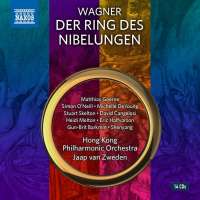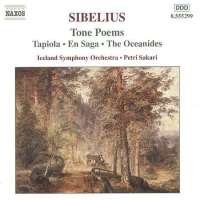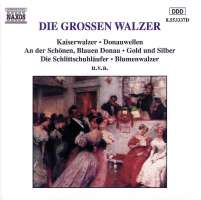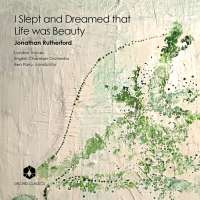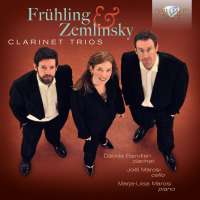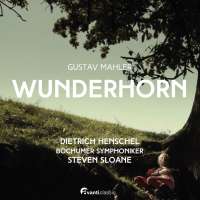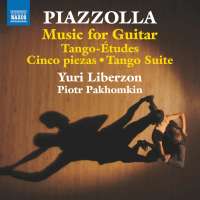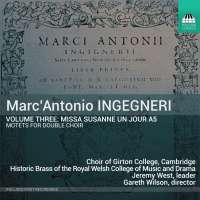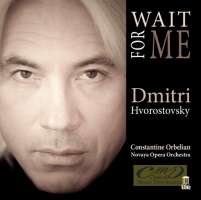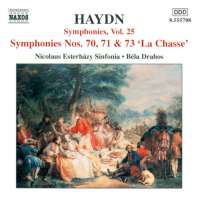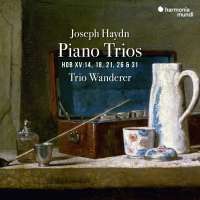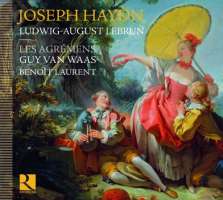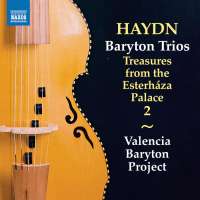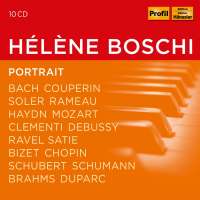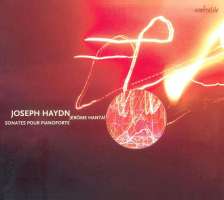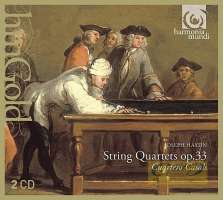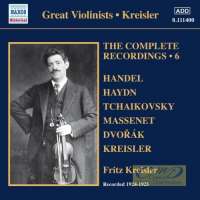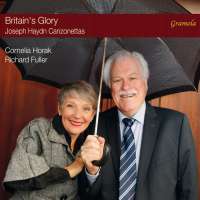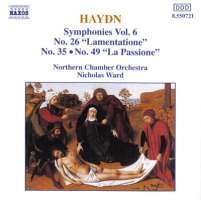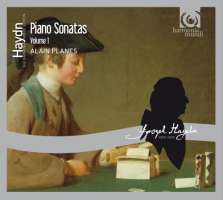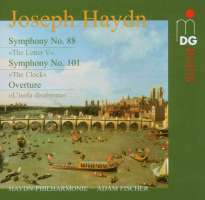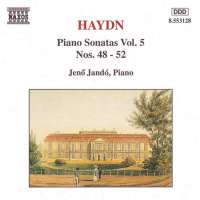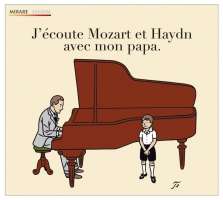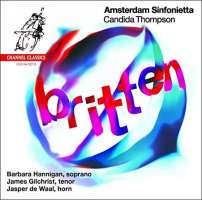
kompozytor
Haydn, Joseph;
Haydn, Michael
tytuł
Haydn: Works for Horn
wykonawcy
Waal, Jasper de
nr katalogowy
CCS SA 30210
opis
Nakład wyprzedany, ostatni egzemplarz Any self-respecting 18th-century prince relied on enormous, extravagantly expensive hunting parties with dozens of horsemen and hundreds of dogs, whinnying horses, wild bursts of barking, and above all deafening blasts on the horns, as a reliable status symbol. But the horn was not only an outdoor instrument; it was also a well-loved denizen of many a palace music room. The instrument, in the course of the century, had evolved from being primarily an attribute of the hunt into a full-fledged member of the classical orchestra. Stopping technique became widespread around 1750: by moving the right hand inside the bell, the player was able to fill in the breaks in the horn’s natural scale, making it possible to play melodies. This changed the roaring brassiness of the hunting horn into a somewhat veiled, warmer sound associated with the French horn. (Valves were not added until the 19th century.)
• Haydn, M: Romance in A flat major for horn & string quartet (after Mozart)
• Haydn: Divertimento a Tre Hob. IV:5
• Haydn: Horn Concerto No. 1 in D major, Hob.VIId:3
• Haydn: Horn Concerto No. 2 in D major, Hob.VIId:4
Works:
• Haydn, M: Adagio and Allegro Molto for Horn and Trombone from Serenade in D major
• Haydn, M: Romance in A flat major for horn & string quartet (after Mozart)
• Haydn: Divertimento a Tre Hob. IV:5
• Haydn: Horn Concerto No. 1 in D major, Hob.VIId:3
• Haydn: Horn Concerto No. 2 in D major, Hob.VIId:4
nośnik
SACD
gatunek
Muzyka klasyczna
producent
Channel Classics
data wydania
05-07-2010
EAN / kod kreskowy
723385302100

(Produkt nie został jeszcze oceniony)
cena 109,00 zł
lubProdukt dostepny w niewielkiej ilości.
Wysyłka w ciągu 3 dni roboczych
Darmowa wysyłka dla zamówień powyżej 300 zł!
Darmowy kurier dla zamówień powyżej 500 zł!
sprawdź koszty wysyłki
